Root parsley: growing and care in the open field
Root parsley is no less popular with gardeners than leafy varieties. The plant forms a fleshy root vegetable in the underground part, which is used in cooking and for medicinal purposes. Growing root parsley has its own characteristics that you need to know about before you start sowing a crop. After harvesting, root crops are used to prepare infusions and decoctions, added to soups, salads, meat and fish dishes.
What does parsley root look like, popular varieties
In appearance, root parsley in the aerial part is similar to the leafy variety. She has the same pinnate leaves. Depending on the variety, the leaves can be regular or curly. The difference is that in root varieties, the volume of leaf mass is half that. No more than 40 leaves are formed on each bush. The texture of the sheet tissue itself is quite tough.
In fresh salads, it is better to use leafy varieties of parsley, the leaves of root varieties are great for preparing hot dishes. Heat treatment makes them tender, while maintaining the taste and aroma. The main difference between root parsley is its ability to grow a fleshy, yellowish root vegetable up to 25 cm long and weighing up to 200 grams. The plant blooms with yellow-green umbrellas.
Root parsley is grown by direct sowing into the ground, the seedling method is not used for it. If the plant is transplanted, the root crop will necessarily bifurcate, which will worsen its marketability. According to the ripening period, the varieties are divided into early, mid-season and late.
The following varietal varieties are popular among Russian summer residents:
- "Sugar";
- "Spicy";
- "Good morning";
- "Berlin";
- "Fakir";
- "Doctor";
- "Konika";
- Eagle.
The seeds of these varieties can be purchased at garden centers or ordered online. The greatest love among gardeners is "Sugar" parsley. It is appreciated for its early ripening period, good yield and sweet taste.
Choosing a landing site
For parsley, root cultivation and care begins with choosing a suitable planting site. The site must meet the following requirements:
- loose soil, which allows air and moisture to pass through well (light loams, sandy loams and sod-podzolic soil are best suited);
- good illumination, it will not be possible to grow large root crops in shaded areas;
- the place should be elevated, with stagnant moisture, parsley easily rots;
- protection from drafts and cold winds.
A good solution would be to set up a garden bed on the south side of the buildings. When planting, the rules of crop rotation must be taken into account. Suitable precursors for root parsley are courgettes, cucumbers, and pumpkin. It is undesirable to grow a crop after representatives of the umbrella - celery, parsley, carrots.
Land preparation
Before growing root parsley outdoors, prepare the soil in advance. The garden bed is dug up, thoroughly cleaned of weed rhizomes. Weeds deprive the culture of nutrients and moisture. Digging should be done on a shovel bayonet.
After that, a complex mineral fertilizer for root crops is applied to the ground. Suitable complexes are produced by such manufacturers as "Fasco", "Alliance", "Good Power", "Clean Sheet", "Bona Forte".
When growing root varieties, fresh organic matter should not be used, this causes the roots to bend, become rough, and their taste deteriorates. Then, rows are marked at intervals of 20 cm. The grooves should have a depth of 2 cm. In spring planting, the soil is spilled with a warm solution of potassium humate before sowing.
Sowing, emergence of seedlings
Residents of central Russia begin sowing in early April. Seeds must be prepared in advance by subjecting them to stratification. One month before sowing, the seed is wrapped in a damp cloth and placed on the upper shelf of the refrigerator, where it is kept for 7 days, then the seeds are placed in the freezer for 2 days. These steps must be performed alternately until sowing.
Some gardeners stratify by burying seeds in the snow. This method is suitable for residents of private houses. As soon as the soil thaws a little, start sowing. Umbrella crops are one of the first to be planted in the garden, while the soil is still saturated with melt water.
Plants should be placed in a row at an interval of at least 5 cm. If a thicker sowing was made, then the parsley is thinned out. Sprinkle the seeds with soil on top and tamp them slightly. To preserve moisture for the seeds, the bed is covered with lutrasil.
Crops are regularly moistened by watering directly over the non-woven fabric. The emergence of seedlings, subject to the sowing rules, should be expected in 7-10 days. After that, the covering material is removed and the bed is mulched with chopped grass or small sawdust.
Podzimny sowing is carried out at the onset of stable subzero temperatures. From above, the seeds are sprinkled with dry earth, and then snow is thrown onto the garden bed. It will be necessary to dig up the garden bed and apply fertilizer at the beginning of autumn. The bottom of the grooves is covered with a thin layer of river sand. When sowing before winter, the consumption of seeds is increased, since some of them may not germinate.
You can also plant parsley by the root. This method is usually used for growing on a windowsill. A mature root crop is buried in a moist soil, soon after that the plant forms young stems. With good lighting and regular watering, after a while a lush bush will flaunt on the window.
Parsley root care
To grow a good crop of root parsley, it is well cared for. Agrotechnics of the plant practically does not differ from the cultivation of leafy varieties of greenery.
Irrigation mode, loosening
Before sprouting, water the beds carefully so as not to burrow the seeds. The shelter is periodically removed and ventilated. Weeds should not be allowed to grow, they are removed immediately. After the parsley has risen, carefully loosen the soil. It is necessary to water the garden bed after the topsoil dries.
The volume of introduced water is significantly increased in August during the ripening of root crops. Water for irrigation is poured into barrels or other containers in advance to warm it up. Irrigation is carried out in the morning or evening hours. If a long rainy period has come, the ridges should be covered with foil to protect them from excess moisture.
Fertilization
The main attention to fertilization should be paid when preparing the beds before sowing parsley. In nutritious soil, the culture does not need frequent feeding. During the growing season, the plants can be fed only 2 times, applying phosphorus-potassium fertilizers according to the instructions. The root variety does not need nitrogen application.
If parsley is grown in poor soil and looks weak at the initial stages of growth, it is permissible to fertilize with self-prepared green fertilizer from mowed grass:
- weeds without roots are placed in a barrel, filling half the volume;
- then the greens are poured with water to the top of the container;
- after that, the fertilizer should ferment under the lid for 5-7 days;
- for the process to proceed faster, it is better to put the container in the sun;
- before use, the infusion is filtered and diluted with water in a ratio of 1: 8.
In the last stages of the growing season, root parsley is not fed. This enables the plants to form a thick, fleshy root.
Disease and pest control
Cultural diseases are often caused by non-compliance with agricultural techniques. For example, too dense planting, excess moisture in the soil, sowing in dense soil. The most common diseases of parsley root include:
- powdery mildew;
- rust;
- rot.
Pathogenic fungi become the causative agents of diseases. At the first signs of fungal diseases, plantings are treated with "Fitosporin".
Disease prevention is correct planting and care of plants. It is necessary to follow the rules of crop rotation, prepare the soil before sowing and regularly loosen it in the process of growing a crop, thin out the emerging seedlings, if necessary, and do not neglect weeding.
Of the pests, parsley can be attacked by:
- aphid;
- stem nematode;
- carrot fly;
- carrot flap.
You can notice the presence of pests by wilting and yellowing of the leaves, young shoots stop growing and bend. Insecticides can be used only at the initial stages of the growing season of the crop, giving preference to biological preparations. In later stages of growth, parsley is sprayed with herbal infusions.
To combat insects, a composition prepared from 200 g of chopped garlic arrows, 50 g of soap shavings and 10 liters of water is suitable. Landings are processed for 3 days in a row. An infusion of onion peels helps to fight aphids. It is prepared from 200 g of raw materials and 10 liters of hot water for 12-15 hours. Filter the infusion before use.
Harvest
They begin harvesting root crops in the fall with the arrival of the first frost. It is at this point that the root reaches full maturity, becomes dense and juicy at the same time. Harvesting is done on a dry sunny day using a pitchfork. Then the tops are cut from the root crops together with the top.
If you plan to use part of the crop for distillation, leave hemp stalks about 1 cm high. After that, the root crops are cleaned of earth residues, dried and stored in the cellar. If desired, the crop can be stored frozen, after washing the spicy roots and cutting them into pieces.
Everyone can grow root parsley on their site. This variety has a wider application in comparison with leaf varieties, which means that it is necessary to allocate a place for it in the garden. The harvested crop will bring health benefits and help to diversify the taste of dishes.
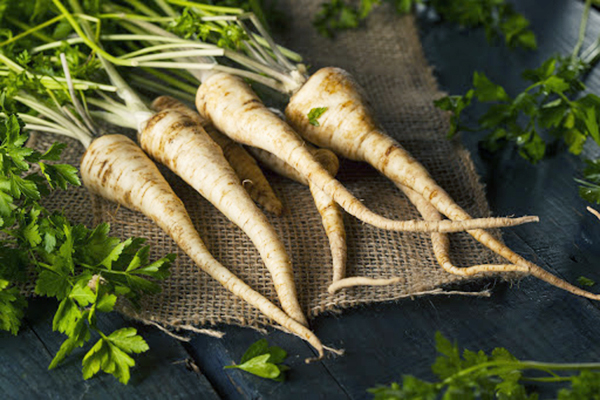
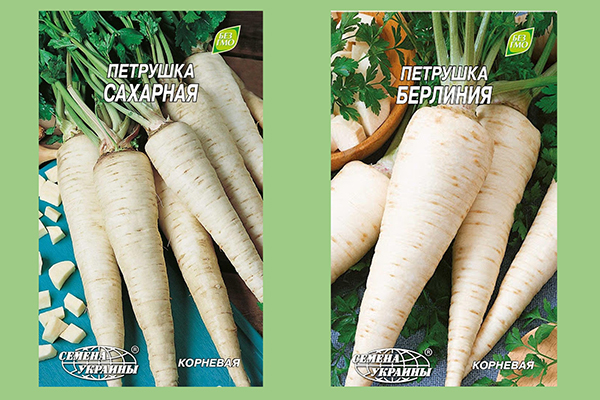
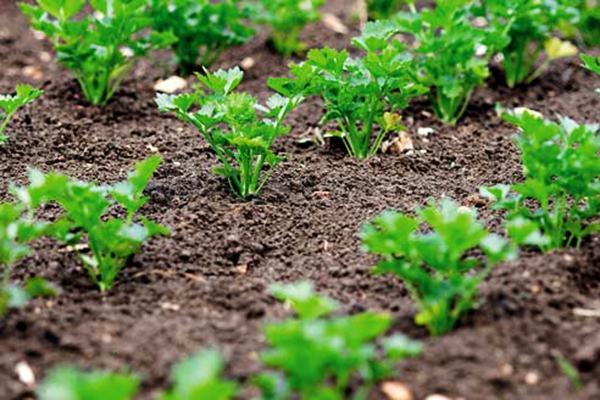
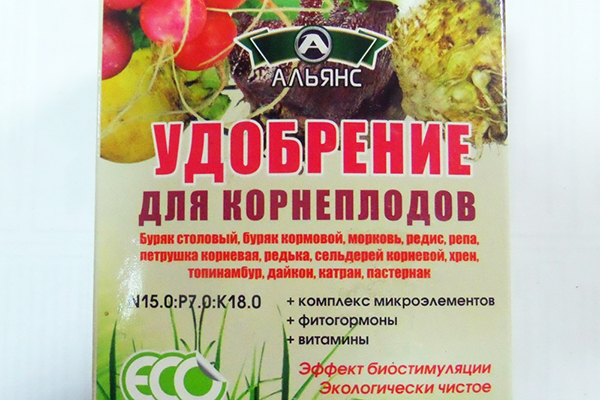
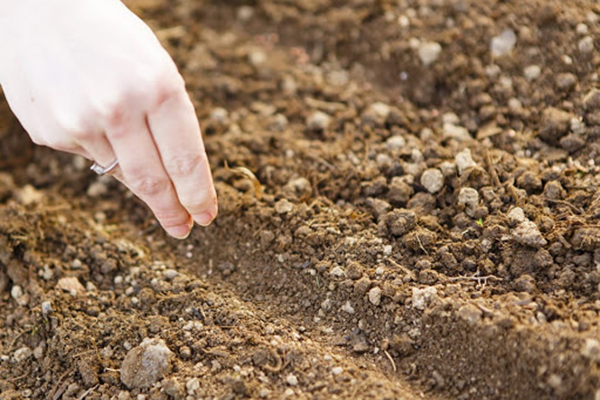
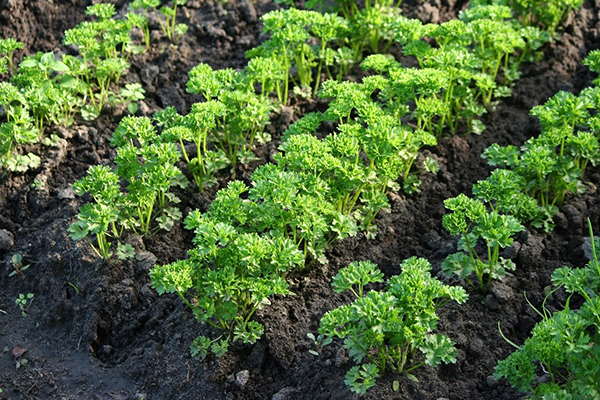
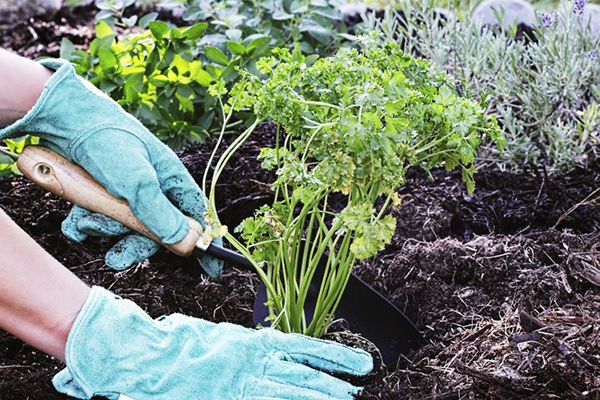
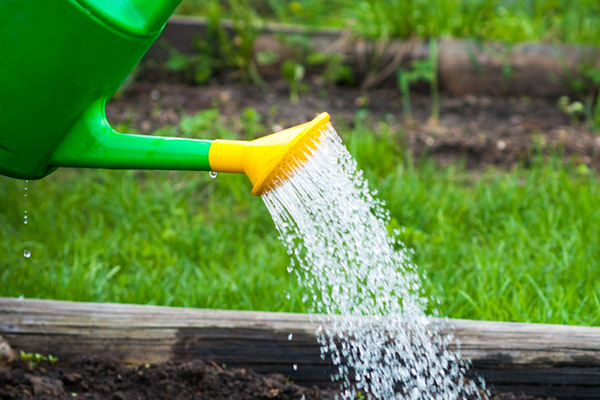
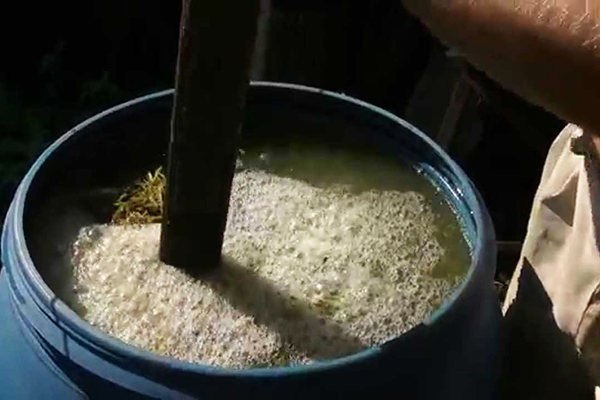
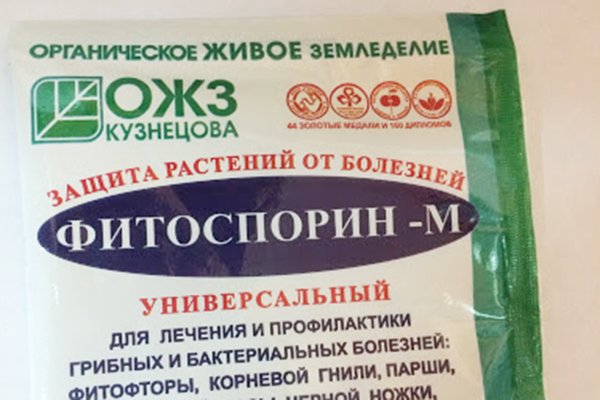
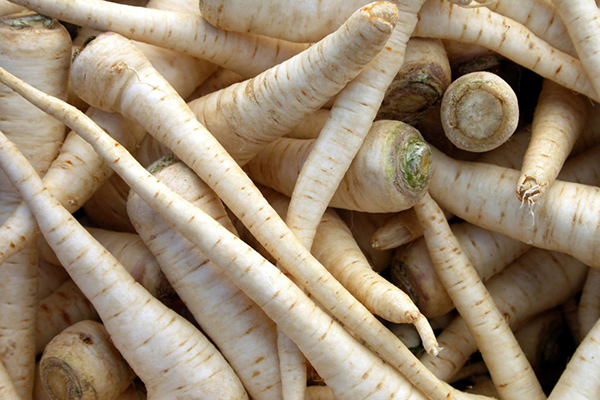
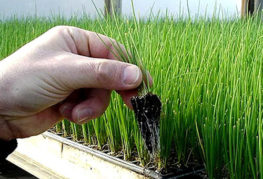
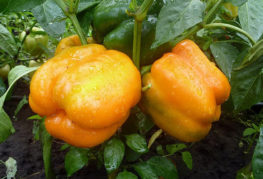

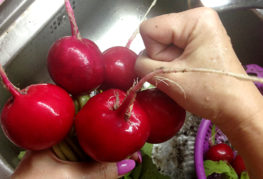

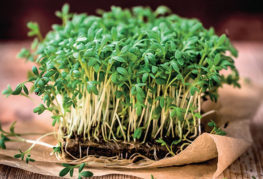
and will be published shortly.